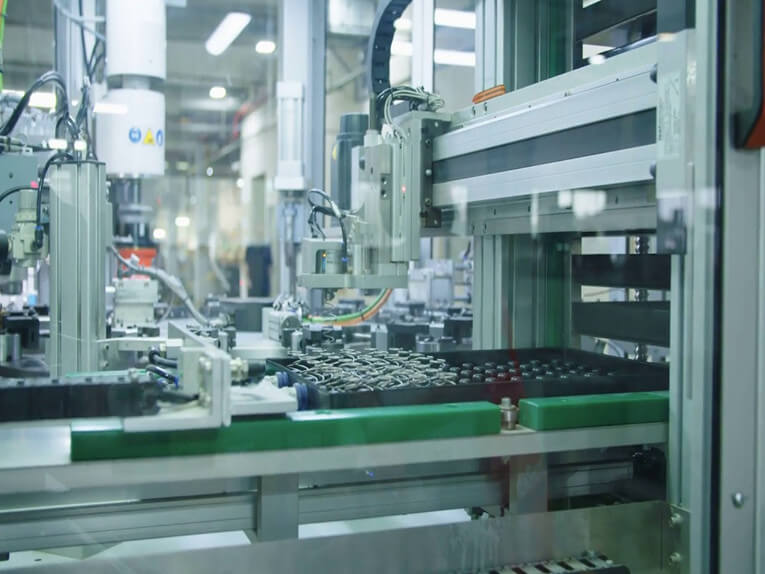Medical device designs are evolving rapidly and demand higher standards to prevent medical liability issues. When designing with linear motion components, it is important to collaborate early for best results. The specifications for some medical applications may exceed the capabilities of standard, cataloged products. If known early in the design process, collaboration can reduce such problems later.
Needed capabilities or features to discuss during initial collaborative meetings include, the customer’s performance specifications for the product’s expected life, environmental conditions, material selection, and physical size. Then incorporate enhancements to the design to address the rigors of most medical applications. In many cases, you may find that a modified version of a standard motion component will suit the requirement.
The engineers at FUYU use the following process to design medical devices. Once you have the specifications from the medical device manufacturer,determine the design priorities for:
• Performance: load capacity and length/range of travel requirements
• Efficiency: high-precision/low-precision
• Accuracy: lead accuracy measured in microns
• Envelope: size and compactness
• Material constraints: stainless steel, magnetism/non-magnetism, radioactive elements, and so on.
• Operating environment: non-direct exposure with patients or attached to the human body, and so on.
Conduct design reviews at various stages. The reviews should involve comprehensive, systematic, and documented examinations that will evaluate the adequacy of the requirements and whether the design meets them.
A ball screw design, for example, is not practical if it cannot be consistently and efficiently produced. Professional software makes available a full range of integrated modeling and simulation functions to ensure a design is producible.
Trends in medical devices
FUYU engineers have noted the following changes in linear component requirements:
Less load with higher precision. With a shift to physically smaller medical devices, load capacity requirements are shrinking but precision requirements are still high. The Small Diameter Ball Screw Assembly is an example of a linear component that meets these needs. This metric-based product line offers diameter ranges from 6 to 12 mm. Load capacity is 40 to 100 lb, with a lead accuracy in microns.
Extreme duty or hygienic requirements. More applications require products that suit high duty cycles and clean-room type requirements. The Stainless Steel Modular Linear Actuator Series Positioning System is an example of a linear device that meets such cycle requirements, as well as the sterile needs of pharmaceutical, medical, and clean room applications. A stainless steel cover band wraps over the square aluminum profiles. It helps protect the actuator when it is exposed to caustic cleaning solutions. The cover replaces a more typical bellows cover, eliminating that particular wear issue as well.
Micro-sizes. The medical technology and optics industries increasingly demand smaller ball screws. But miniaturization goes beyond materials and tools, which has motivated manufacturers to tackle and solve production problems associated with the micro diameters of rolling ball screws. A rolled screw with 4 mm diameter by 1 mm lead also requires micro sizes for the nut and for the rest of the assembly.
Post time: Oct-08-2022








